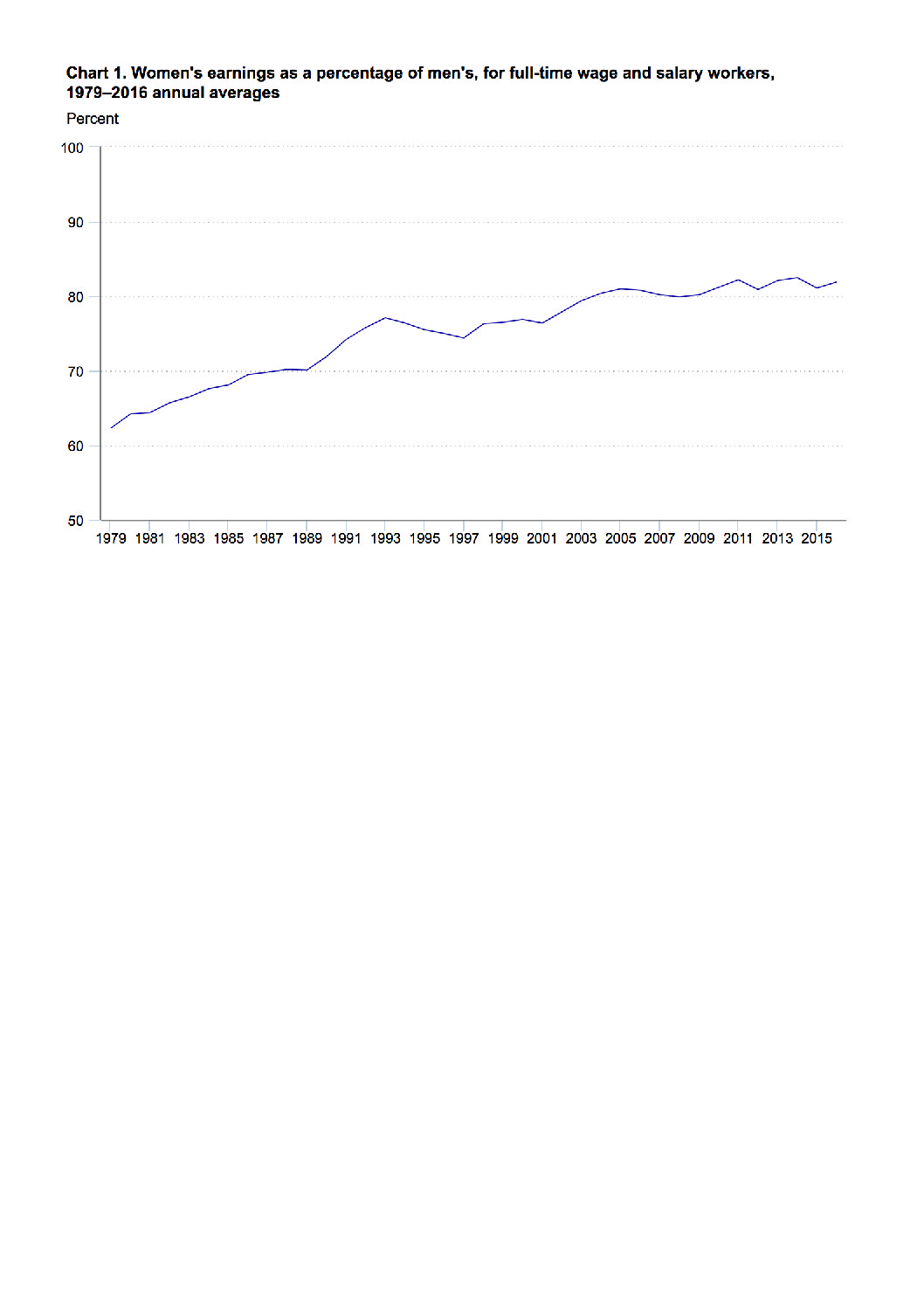Gender Differences—In Retirement
 Gender Differences—In Retirement
Gender Differences—In Retirement
You may have read that women are far more likely to face poverty in retirement than their male counterparts—but you may not realize just how big the disparity is. In fact, women are 80% more likely to fall into poverty toward the end of their lives, compared to men, according to a 2016 study by the National Institute on Retirement Security.
In an attempt to explain how this came about, the study’s researchers noted that women are more likely than men to engage in part-time unemployment due to starting a family and staying at home with the kids, and at the other end of their lives, they have much higher rates of caregiving for elderly parents. Men, on the other hand, can enjoy an uninterrupted work career, making them more likely to receive promotions and career opportunities.
Even if you take away this disadvantage, there’s another one. During their working years, women earn, on average, 80 cents for every dollar their male colleagues earn—for the same jobs.
But…. Isn’t this changing as we become a more gender-aware society? Apparently not. If you look at the accompanying chart, you’ll see that women were catching up to male pay scales from 1979 until about 1993, at which point the gains seemed to totally stall out. And women still make up 66% of all caregivers for elderly parents. Even when men provide assistance, the Family Caregivers Council estimates that women spend as much as 50% more time than the men do in caregiving activities.
And 2015 data adds that 48% of women above age 75 live alone, compared with less than a quarter (22%) of men at a comparable age. After caregiving for others, women are less likely to receive it for themselves.
Sources:
https://www.bls.gov/opub/reports/womens-earnings/2016/home.htm
https://www.caregiver.org/women-and-caregiving-facts-and-figures




